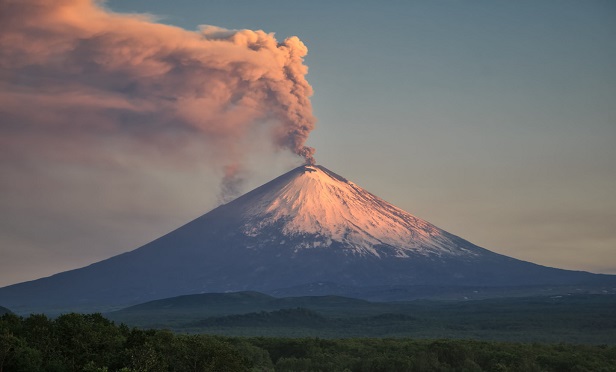
Question: I see that the HO-3 appears to cover volcanic eruption, but not land tremors or earthquakes associated with the eruption. Is the coverage limited to clean up of ash for both personal property and structure?
— Hawaii Subscriber
Answer: Yes, the exclusion for earthquake includes land shock waves before, during or after a volcanic eruption. However, direct loss by fire, explosion or theft that results from such earth movement is covered.
Recommended For You
Want to continue reading?
Become a Free PropertyCasualty360 Digital Reader
Your access to unlimited PropertyCasualty360 content isn’t changing.
Once you are an ALM digital member, you’ll receive:
- Breaking insurance news and analysis, on-site and via our newsletters and custom alerts
- Weekly Insurance Speak podcast featuring exclusive interviews with industry leaders
- Educational webcasts, white papers, and ebooks from industry thought leaders
- Critical converage of the employee benefits and financial advisory markets on our other ALM sites, BenefitsPRO and ThinkAdvisor
Already have an account? Sign In Now
© Touchpoint Markets, All Rights Reserved. Request academic re-use from www.copyright.com. All other uses, submit a request to [email protected]. For more inforrmation visit Asset & Logo Licensing.







